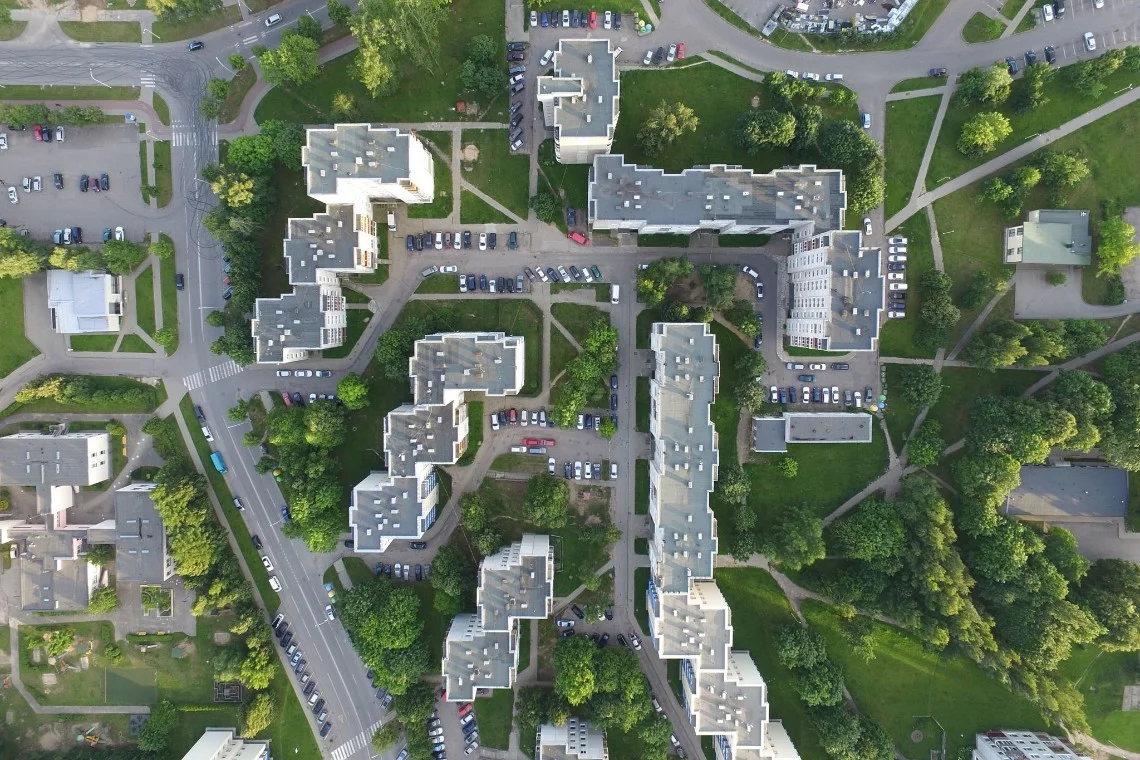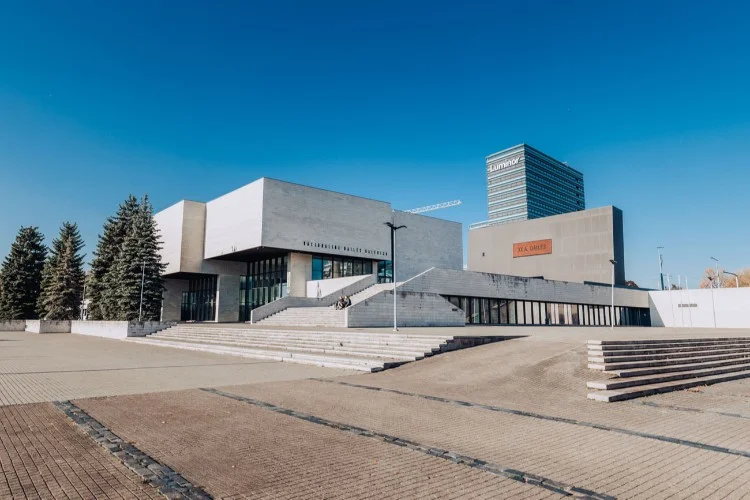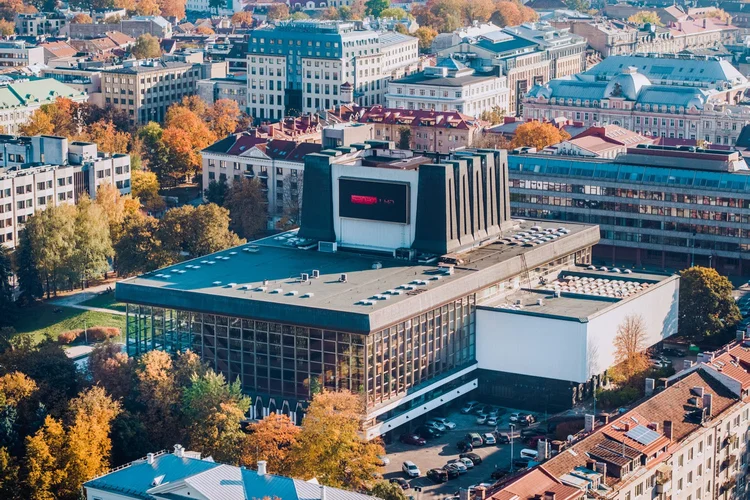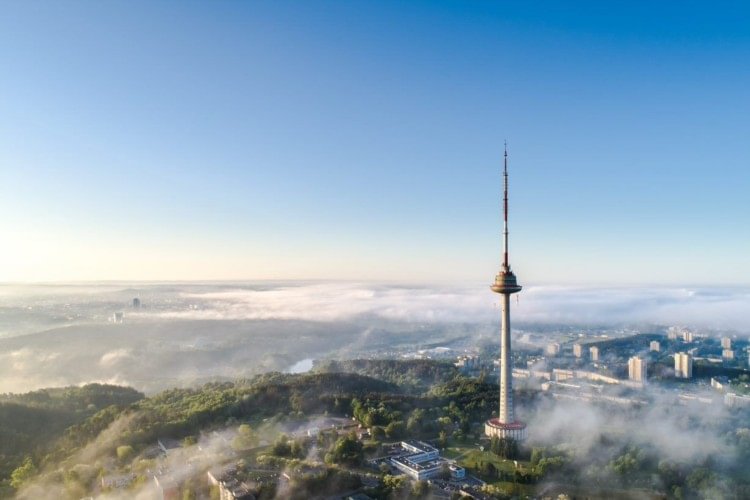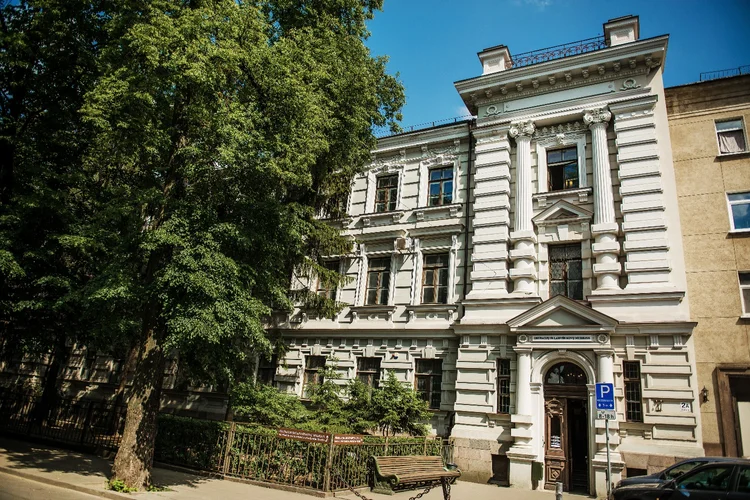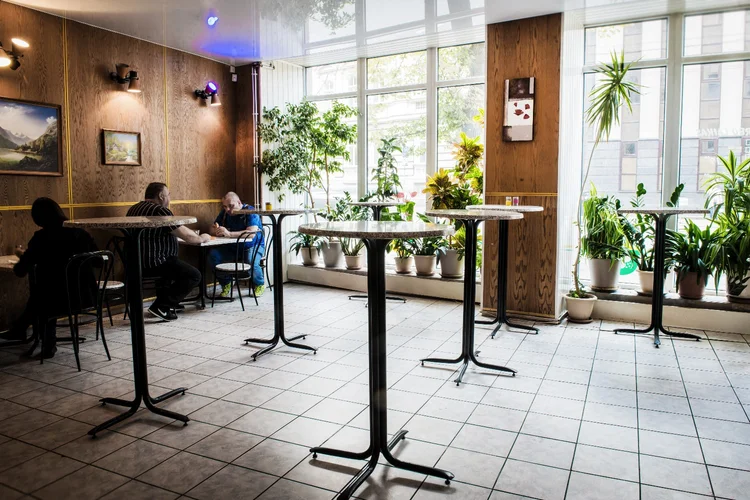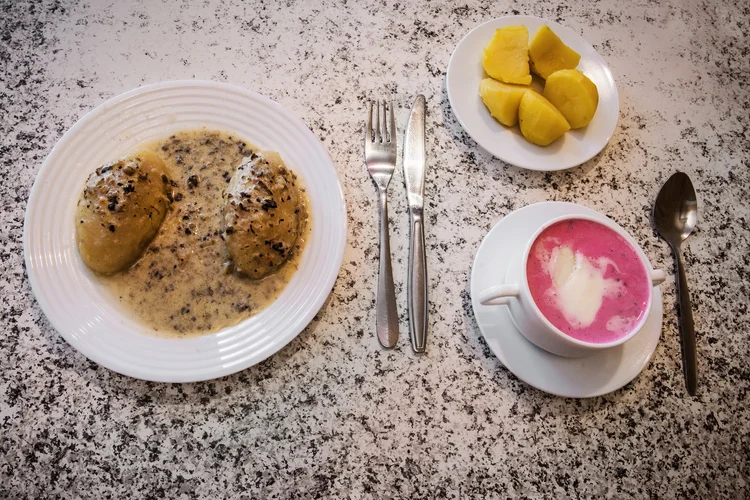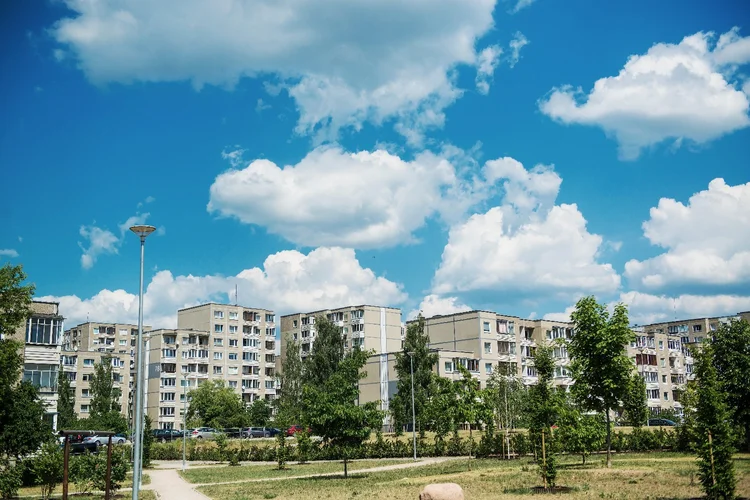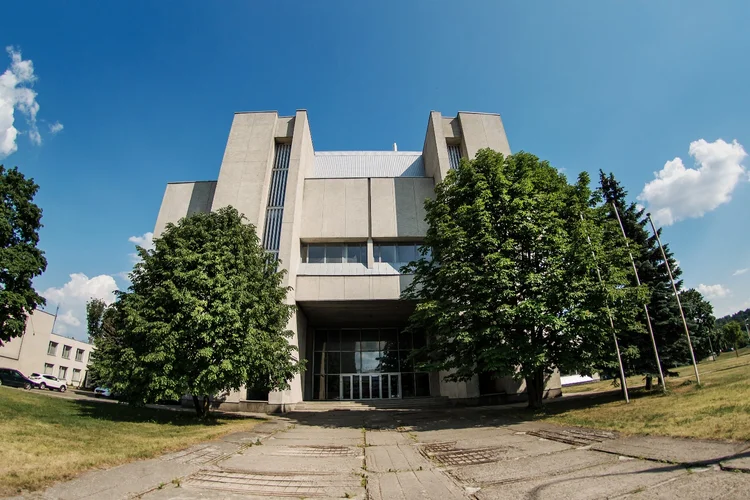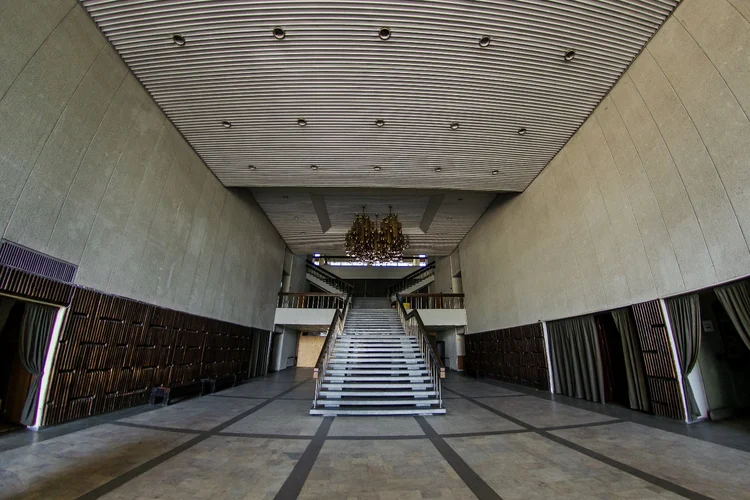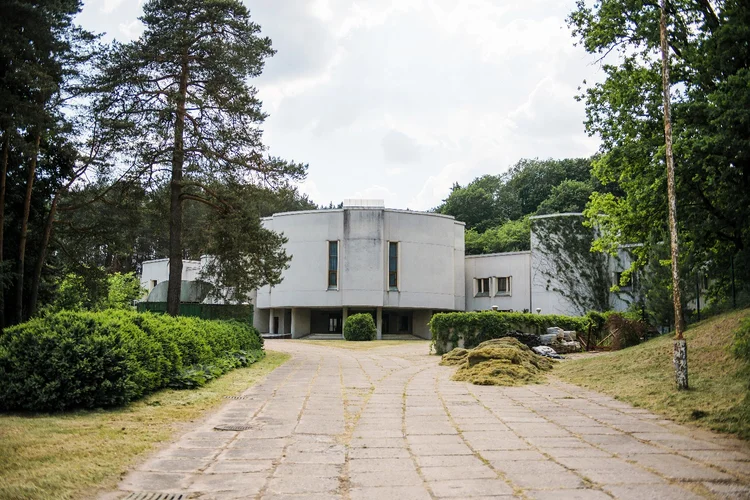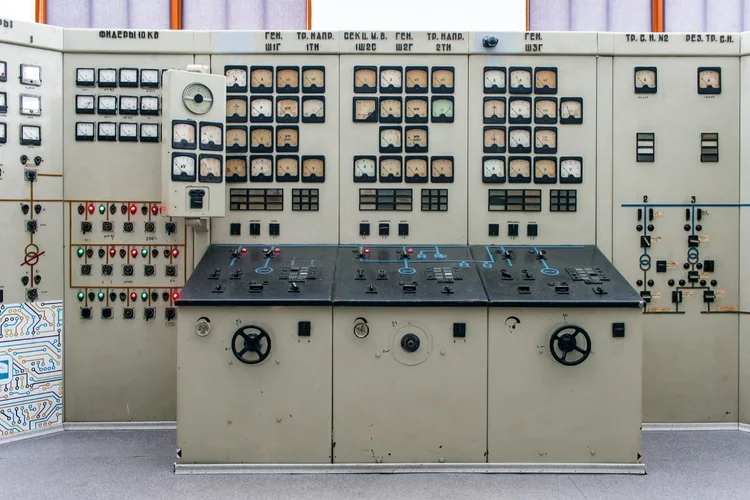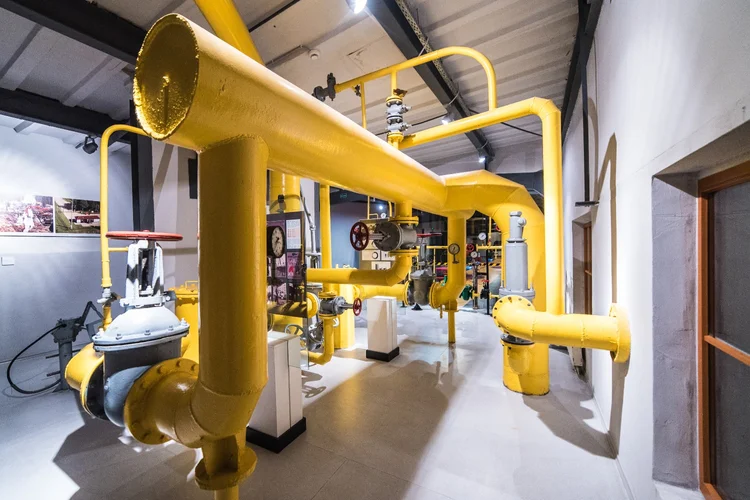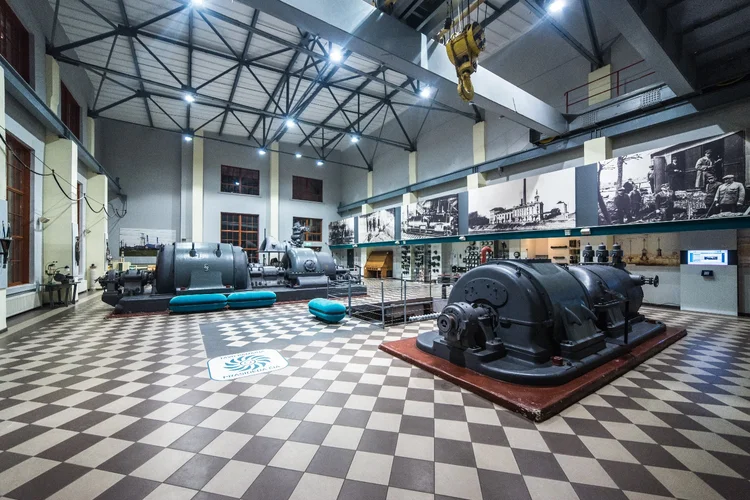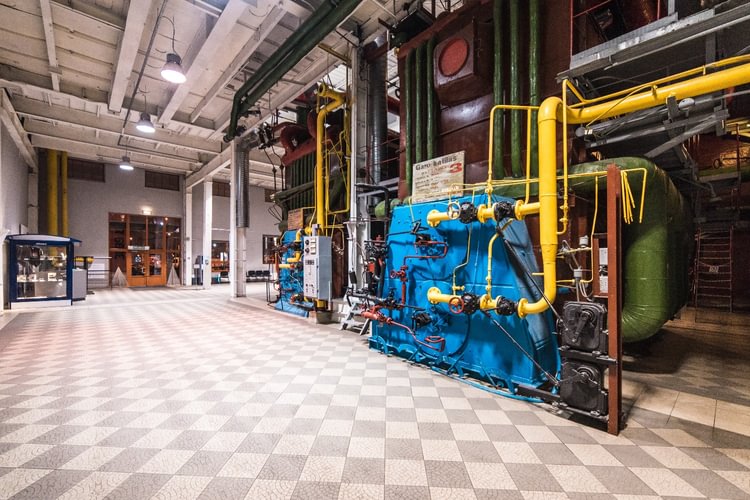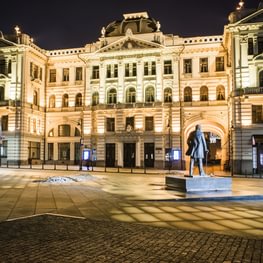Vilnius: a Time Machine to the Soviet Era
The five-decade long Soviet occupation (1940-1990) of Lithuania left a visible mark on everyday life in the country’s capital – from architecture and historic sites, to food and culture. As such, Vilnius gives its visitors a chance to travel back in time to discover Soviet history in a much more liberal and safe environment. Memories of this era are still fresh and clearly visible in the streets and heard in first-hand accounts. Visitors to Vilnius will encounter Soviet architecture directly upon landing at the airport – the arrivals terminal was built in 1954.
Exploring legendary architecture
Even though the artists of the Soviet Union were forbidden to look for inspiration in the outside world, Lithuanian architects were able to create unique concepts that turned into amazing modern buildings fit for any capital. Today, opinions about these buildings differ, but Soviet modernism is still worth checking out. The National Art Gallery, Opera and Ballet Theatre, Contemporary Art Centre, Vilnius Palace of Concerts and Sports, and Marriage Palace are just a few of the most prominent examples to mention.
The tallest building in Vilnius – the TV tower – took six years to build and was finished in 1980. Today, the tower is home to a museum and an observation deck 165 m from the ground that rotates 360 degrees and offers a perfect view over the Soviet architecture of the city’s microdistricts. These microdistricts are also a prime location for movie sets – the HBO mini-series Chernobyl and the Swedish TV series The Conductor are two such productions filmed using the grey backdrop of Soviet buildings that dominate these areas.
Learning about the true Soviet regime
For many Lithuanians, living in the Soviet Union meant facing persecution and censorship at levels that are hard to imagine today. Visiting the Museum of Occupations and Freedom Fights is an eye-opening experience. Located in the former Soviet KGB headquarters, the museum tells two stories: one is of the hundreds of thousands of Lithuanians who perished in prison cells and torture chambers, and the other is about the Lithuanian partisans’ resistance against their Soviet occupiers.
Experiencing real drama
No story is more compelling than one derived from personal experience. What was it like to be a citizen of a totalitarian state? What was the Cold War like in the USSR? How did people survive the terror? The Soviet bunker 25 kilometres away from Vilnius and five metres below ground level can answer all these questions and more. This interactive survival drama brings visitors back to 1984 when freedom seemed impossible in the Soviet Union.
Shopping for some souvenirs
Flea markets and thrift shops are filled with memorabilia from Soviet times. From pioneer pins and coins, to movie posters and military antiques. The Vilnius Collectors Club takes place every Saturday from 8 a.m. to 12:00 p.m. at hotel Karolina near the TV tower, and there are also numerous pop-up flea markets that take place around town. Pilies Street in the heart of the Old Town is filled with Soviet replicas and Russian souvenirs. Bans on Communist symbols were introduced in Lithuania in 2008, so these types of souvenirs and memorabilia should be kept away from public places.
A taste of the past
It might be impossible to teleport back to the past, but tasting it is still possible. Every department store sells Soviet favourites – kvass and Hematogenas, a nutrition bar with albumin. For lunch, Sultiniai, the city’s oldest working tavern becomes a time machine that takes diners 30 years into the past – the same standing tables, chicken broth served with a meat bun, and other traditional food have been staples here for ages. Visiting the Lithuanian National Opera and Ballet Theatre is a must for those interested in both Soviet architecture and food: the indulgent hot chocolate served in the cafe hasn’t changed a bit over the years.
Taking a Soviet tour
Walking around Vilnius for a couple of hours with a guide who has first-hand experience of Soviet times makes for a different understanding of life in that era. Every street and building has a special story – some dark, some funny. To up the tour experience, renting a Soviet trolleybus is a unique chance to ride the streets of Vilnius in transportation of the past.
Getting a glimpse of daily life
The Energy and Technology Museum is the best way to see authentic Soviet interiors and various products made in Vilnius during the Soviet era. Vacuum cleaners, TVs, furniture, and much more – the items in the exhibition were present in almost all homes in Soviet Vilnius, and many of them are still used in the homes of the older generation today.

